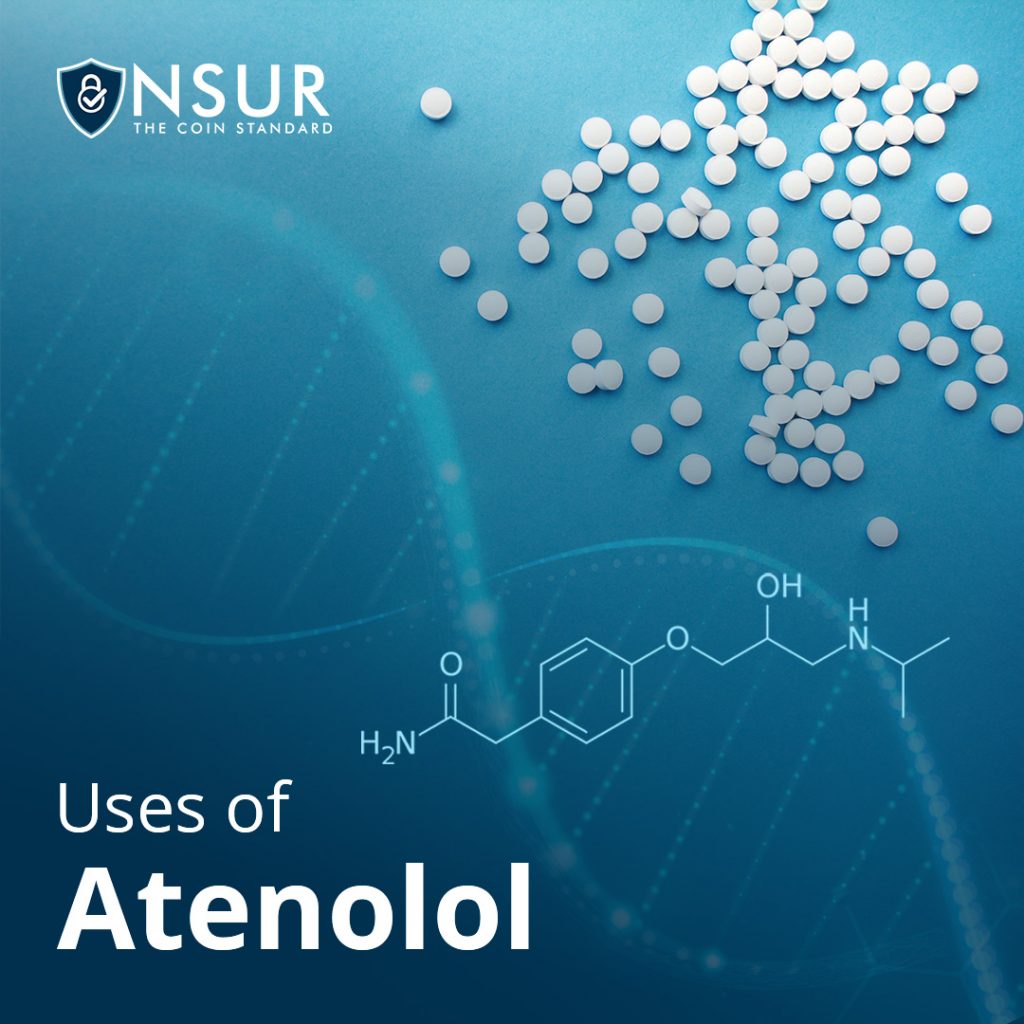
In the world of dermatology and infectious diseases, Mupirocin emerges as a significant ally. This topical antibiotic has become a go-to solution for treating various skin infections and plays a crucial role in preventing their spread. Here, we delve into the specifics of Mupirocin, understanding its uses, effectiveness, and why it’s a staple in skin care and infection control.
What is Mupirocin?
Mupirocin is an antibiotic ointment used to treat bacterial skin infections. It’s particularly effective against certain strains of bacteria such as Staphylococcus aureus, including methicillin-resistant Staphylococcus aureus (MRSA), and Streptococcus pyogenes. By inhibiting bacterial protein synthesis, Mupirocin stops the growth of bacteria on the skin, aiding in the healing process of infected areas.
Uses of Mupirocin
1. Treating Skin Infections
Mupirocin is commonly prescribed for infections like impetigo, folliculitis, and small wounds or cuts that have become infected. Impetigo, a highly contagious skin infection that mainly affects children, responds well to Mupirocin due to its efficacy against the responsible bacteria.
2. Carrier State Eradication
In individuals who are carriers of MRSA, Mupirocin is used to clear the bacteria from their skin. This is crucial in healthcare settings where preventing the spread of MRSA – a major cause of hospital-acquired infections – is paramount.
How to Use Mupirocin
When prescribed Mupirocin, it’s essential to follow your healthcare provider’s instructions. Generally, a small amount of the ointment is applied to the affected area three times a day. Before application, the area should be cleaned and dried. It’s crucial to complete the full course of treatment, even if symptoms improve earlier, to prevent antibiotic resistance and recurrence of the infection.
Precautions and Side Effects
While Mupirocin is generally safe, there are some precautions to be aware of. It should not be used on burns, animal bites, or severe wounds unless directed by a healthcare provider. Common side effects include mild pain, itching, or redness at the application site. Severe side effects are rare but can include allergic reactions. If you notice any signs of an allergic reaction or severe skin irritation, seek medical attention immediately.
Resistance Concerns
Antibiotic resistance is a growing global health concern. The misuse and overuse of antibiotics like Mupirocin can contribute to the development of resistance. Therefore, it should only be used when prescribed and necessary, and patients should adhere strictly to their treatment regimen.
Tips for Preventing Skin Infection Spread
In addition to using Mupirocin, there are several ways to prevent the spread of skin infections:
- Good Hygiene: Regular hand washing and keeping wounds clean and covered can significantly reduce the risk of spreading infections.
- Avoid Sharing Personal Items: Towels, razors, and clothing can harbor bacteria, so avoid sharing these with others, especially in a household dealing with an infection.
- Clean Surfaces: Regularly disinfect surfaces that are frequently touched, especially in communal areas.
Take advantage of NSURx for your prescription drugs!
With the NSURx Prescription Benefit Card, you can save money on your medications at more than 35,000 pharmacies across the United States.
You can save up to 80% on your medication by using an NSURx card. Hundreds of dollars in savings could be yours every time you fill out your prescription.
The more you shop with NSURx, the more NSUR Coins you will receive as a reward.
Conclusion
Mupirocin stands as a vital tool in the treatment and prevention of skin infections. Its targeted action against specific bacteria makes it an effective remedy for various conditions. By understanding how to use it correctly and taking necessary precautions, we can effectively manage skin infections and contribute to the broader fight against antibiotic resistance.
Remember, while Mupirocin is powerful, it’s only part of the solution. Good hygiene practices and responsible antibiotic use are essential in keeping our communities healthy and infection-free.
Disclaimer
This blog post is intended for informational purposes only and should not be considered a substitute for professional medical advice. Always consult with a qualified healthcare provider for personalized recommendations and guidance.











